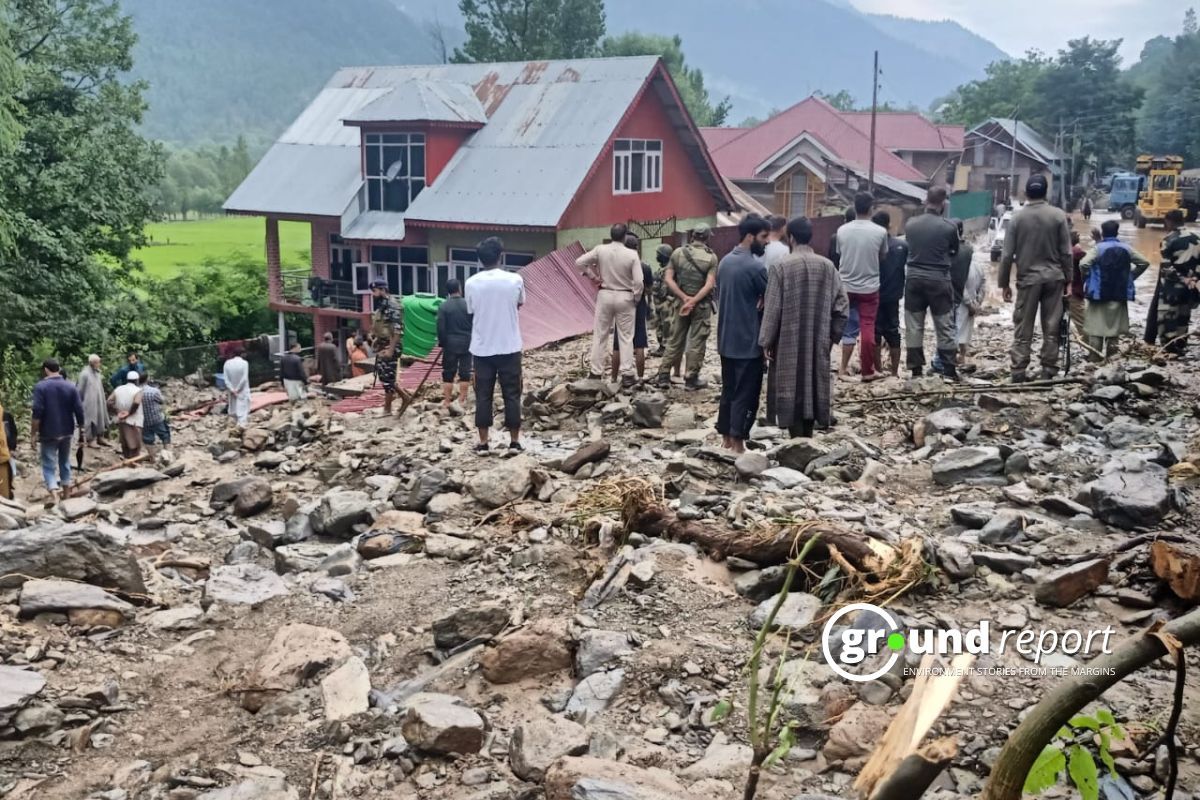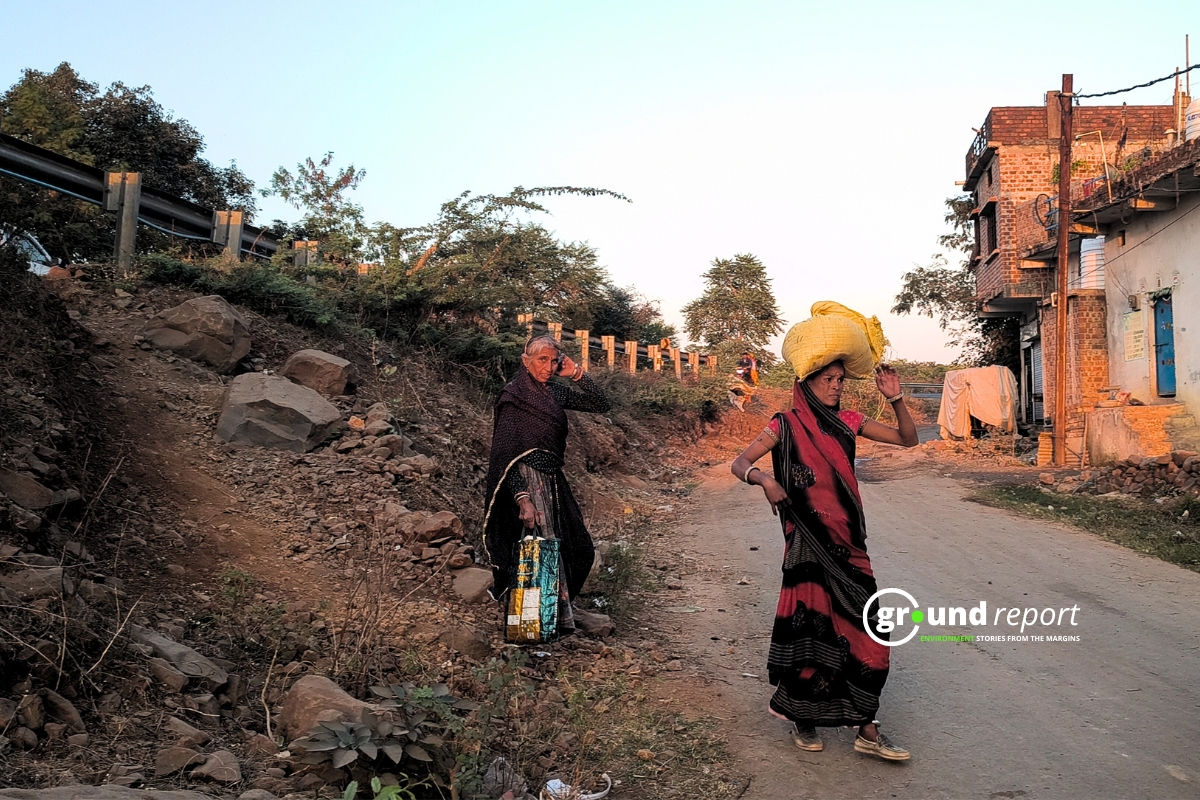Every now and then, a weather alert might pop up on your phone or TV, warning about “fire weather.” While this might not seem as urgent as a hurricane or tornado warning, it is still an important alert that should not be ignored. Fire weather refers to weather conditions that create a high risk for wildfires to start and spread quickly. These conditions include high temperatures, low humidity, strong winds, and dry vegetation.
Understanding fire weather
Wildfires are natural in many ecosystems, but they’ve become more frequent and intense recently, especially in the western United States, Australia, Africa, and the Amazon rainforest, where fire weather is becoming more extreme.
For a fire to ignite and spread, three ingredients are needed: heat, oxygen, and a fuel source. Certain weather conditions increase the risk of wildfires. Hot weather dries out plants, making them more flammable. The warmer the temperature, the easier it is for a fire to start and spread. Sunlight heats dry grass and dead leaves, making them burn faster.
Humidity is another key factor. Low humidity makes the air dry, pulling moisture from vegetation and increasing fire risk. Dry air and high temperatures create dangerous fire conditions. A lack of rainfall also contributes to fire weather. Rain keeps plants and soil moist, reducing fire chances. However, with little to no rainfall for an extended period, the land dries out. This is why drought conditions link to severe wildfires. In drought areas, a single spark from lightning, a discarded cigarette, or hot equipment can ignite a major wildfire.
Wind is a major factor in fire weather. It spreads flames faster and carries embers long distances, starting new fires ahead of the main blaze. Strong gusts can push a wildfire across highways, rivers, and firebreaks meant to slow its spread.
Weather significantly impacts wildfire behavior, so meteorologists and fire experts monitor conditions. In the U.S., the National Weather Service (NWS) issues two main alerts for fire weather conditions. A Fire Weather Watch is issued when conditions are favourable for wildfires within 24 to 72 hours, serving as a warning for firefighters, emergency teams, and the public to stay alert and take precautions. A Red Flag Warning is more serious, indicating dangerous fire weather conditions are happening or will happen within 12 to 24 hours. Under these conditions, fires can spread quickly and be difficult to control. During a Red Flag Warning, officials often enforce burn bans, prohibiting burning leaves, trash, or starting campfires.
Fire seasons worsening with climate
Scientists have noticed a troubling trend: fire weather seasons are getting longer and more severe, largely due to climate change. Studies show that between 1979 and 2013, the global fire weather season lengthened by an average of 19%. In areas like the western United States, fire seasons have grown longer. The risk of autumn fires in California has risen by 20% since the 1980s. If current trends continue, experts predict a 25% increase in fire weather days in California by 2100.
Wildfires can cause widespread destruction, burning neighborhoods and destroying homes, businesses, and infrastructure. Smoke contains harmful particles that can cause breathing problems, especially for people with asthma or lung conditions. Wildfires disrupt local economies, affecting jobs in tourism, farming, and forestry. They can also cause long-term environmental damage by destroying forests, killing wildlife, and damaging ecosystems.
While we can’t control the weather, we can reduce wildfire risks. Following fire bans and warnings is crucial. If officials issue a Red Flag Warning or burn ban, it’s essential to comply. Small sparks from campfires, grills, or cigarettes can cause major fires in dry conditions. Homeowners in fire-prone areas should maintain their property and clear away dry leaves, dead plants, and flammable materials. Creating a “defensible space” around homes can help slow wildfire spread.
People should be cautious with fire sources. Never leave a fire unattended, and always extinguish campfires completely. Outdoor equipment like chainsaws or lawnmowers can produce sparks that may ignite fires. An emergency plan is crucial. Families should know local evacuation routes and have an emergency kit with essentials like water, food, important documents, and medications.
Fire weather is becoming a bigger concern as climate change increases the frequency and intensity of wildfires. High temperatures, low humidity, dry vegetation, and strong winds create conditions for rapid wildfire spread. By understanding it, staying informed, and taking precautions, we can reduce the risk and protect our communities from devastating wildfires.
Support us to keep independent environmental journalism alive in India.
Keep Reading
California Fires Live updates: destructive wildfires in history
Hollywood Hills burning video is fake and AI generated
Devastating wildfire in California: wind, dry conditions to blame?
Los Angeles Cracks Under Water Pressure
From tourist paradise to waste wasteland: Sindh River Cry for help
Follow Ground Report on X, Instagram and Facebook for environmental and underreported stories from the margins. Give us feedback on our email id greport2018@gmail.com.
Don’t forget to Subscribe to our weekly newsletter, Join our community on WhatsApp, and Follow our YouTube Channel for video stories.






